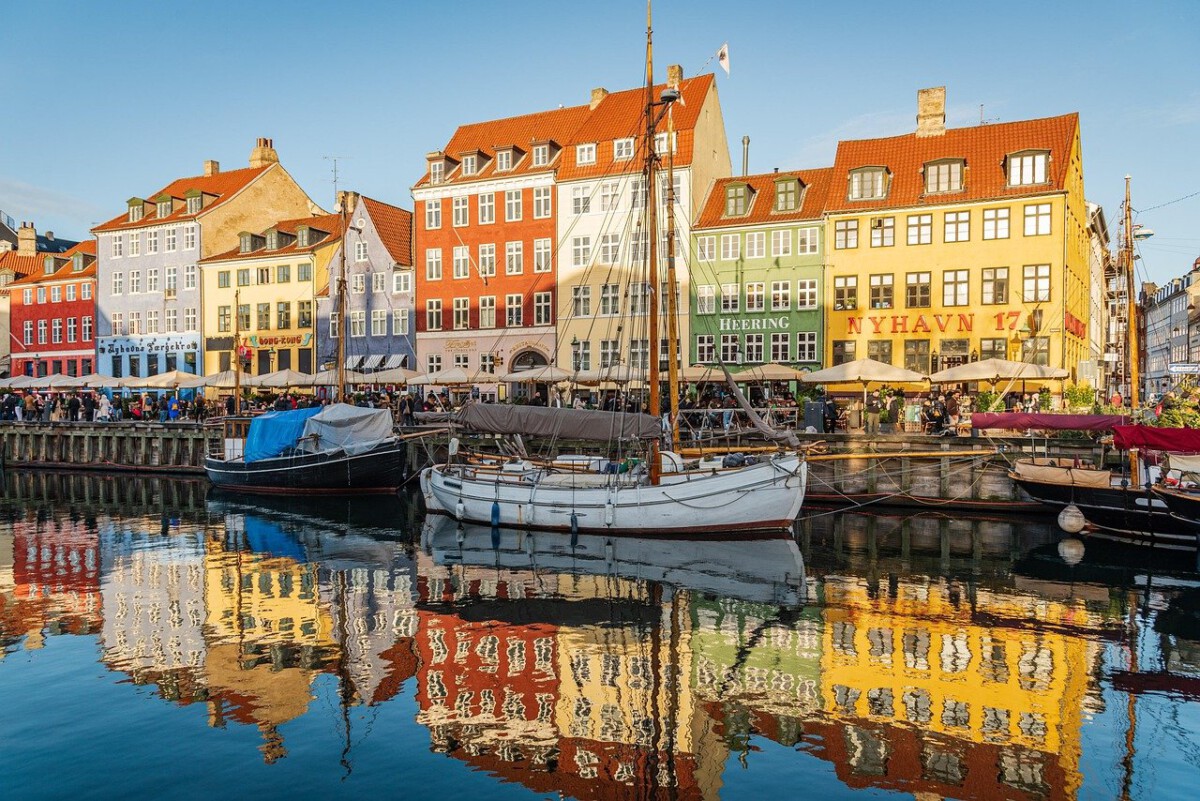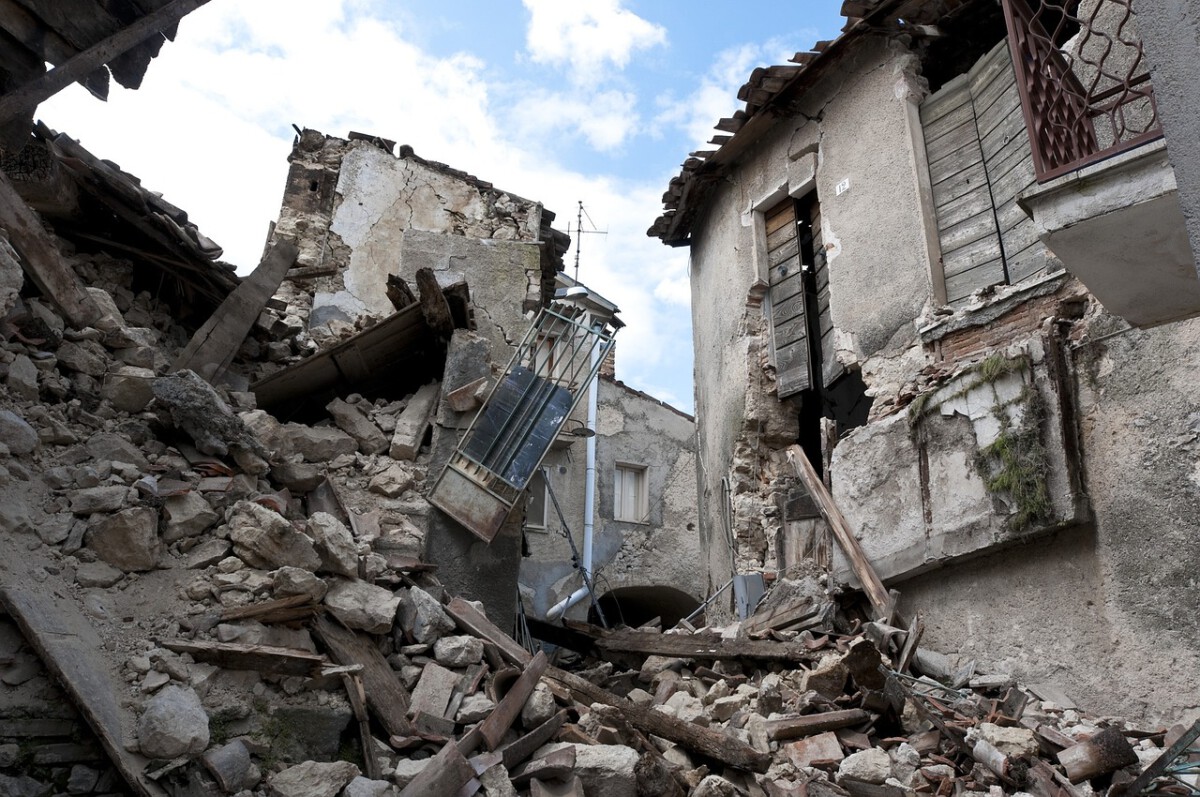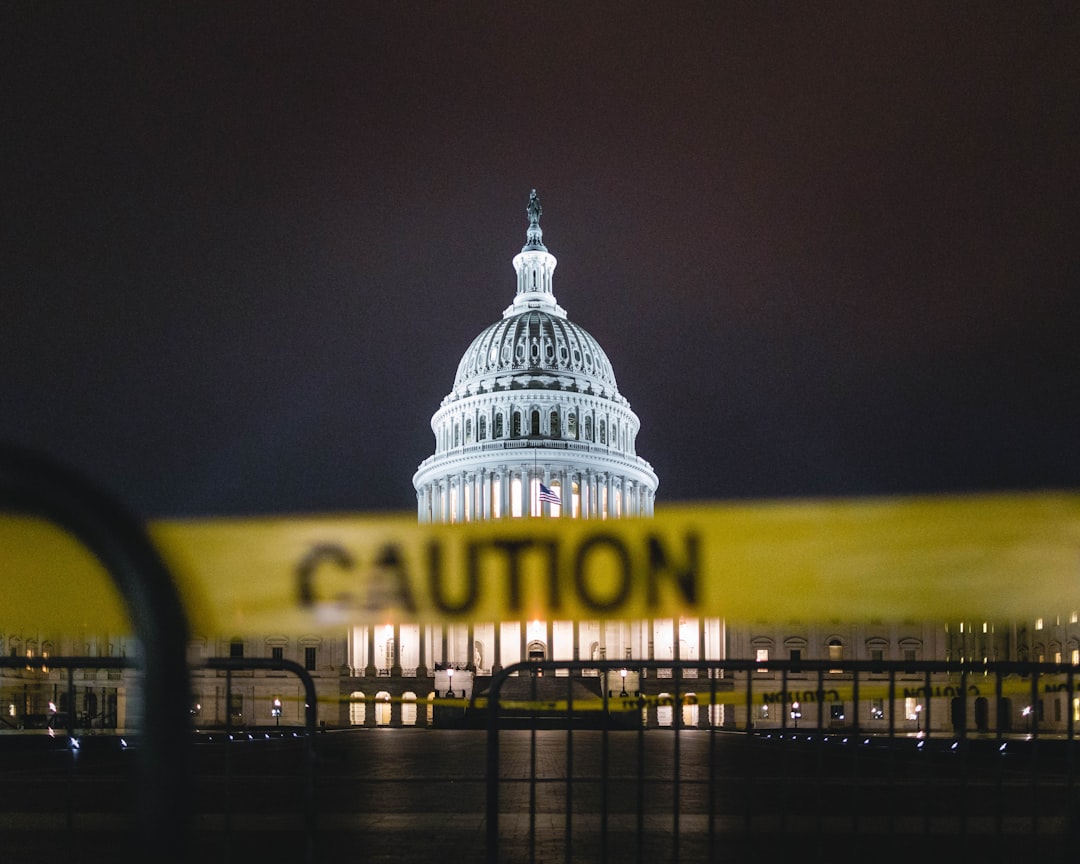Tokyo, Japan: A Model of Safety

If there’s one city that seems to defy the chaos of modern life, it’s Tokyo. Travelers here are met with an atmosphere of calm and order, where even the busiest rush hours feel unthreatening. With only 1.5 incidents of violent crime per 1,000 residents, according to recent 2024 police data, Tokyo’s reputation for safety isn’t just hearsay—it’s proven. The city’s extensive surveillance network and responsive emergency services add another layer of reassurance for visitors. It’s not uncommon to see people of all ages out late at night, from Shibuya’s neon-lit crossings to the tranquil alleys of Asakusa, without a hint of worry. Japan’s deep-rooted cultural values, emphasizing harmony and respect, help set the tone for daily life. As one local police officer put it, “We all have a responsibility to look out for each other.” For tourists, that means you can soak in the city’s endless wonders with a sense of ease that’s genuinely rare.
Reykjavik, Iceland: Nature’s Safe Haven

Reykjavik feels like a breath of fresh air—literally and figuratively. The Icelandic capital is known for its staggering safety statistics, boasting just 0.3 violent crimes per 1,000 residents last year, one of the lowest rates worldwide. This is a city where locals will often leave their doors unlocked and where lost wallets are returned intact. Authorities credit their success to community policing and a strong social safety net, with police officers regularly seen chatting with residents rather than patrolling tensely. Tourists can wander through colorful streets, visit the iconic Hallgrímskirkja church, or marvel at the Northern Lights with peace of mind. Many travelers report feeling quickly at home, welcomed by Reykjavik’s famously friendly community. The city’s focus on environmental preservation also means nature lovers can enjoy untouched landscapes, from geysers to glaciers, with little concern for personal safety. It’s almost as if the wild beauty of Iceland comes with its own invisible shield.
Zurich, Switzerland: A Financial Fortress

Zurich isn’t just a haven for bankers and chocolate lovers—it’s also a fortress of safety. With a crime rate of 1.2 incidents per 1,000 people, Zurich consistently ranks among Europe’s safest cities. The city’s meticulous organization spills over into public safety, with well-lit streets, regular police patrols, and a culture of personal responsibility. In 2024, the Safe Cities Index named Zurich the safest city in all of Europe, validating the confidence that both residents and visitors feel here. Efficient public transportation makes it easy to move around, while the pristine lakeside and mountain views create a postcard-perfect backdrop for sightseeing. Zurich’s high standard of living and strong community engagement are often credited for its low crime. Whether you’re exploring art galleries, swimming in Lake Zurich, or sipping coffee in the old town, the sense of security is unmistakable. Locals often say, “In Zurich, you can let your guard down—and actually mean it.”
Singapore: A Global Safety Leader

Singapore’s reputation for safety almost sounds too good to be true, but the numbers back it up. With only 0.5 crimes per 1,000 residents, the city-state remains a benchmark for urban security. Strict laws and rigorous enforcement are just the start; Singapore has invested heavily in smart surveillance and community engagement. In 2024, a government spokesperson stated, “Our city is safe because everyone plays a part—from residents to tourists.” Visitors can sample street food in bustling hawker centers, stroll through lush gardens, or shop in high-end malls without worry. Public transport is not just efficient but also secure, with uniformed staff and cameras throughout. Singapore’s blend of cultures fosters an open, welcoming environment, making it easy for travelers to feel included and protected. The city’s orderly streets and sparkling cleanliness only add to the sense that everything here is under control.
Copenhagen, Denmark: A Safe Urban Experience

Copenhagen’s charm isn’t just in its colorful buildings or famous bikes—it’s in its reassuring sense of safety. In 2024, the city recorded just 1.1 violent crimes per 1,000 residents, a testament to Denmark’s successful social policies. The city’s extensive network of bike lanes and pedestrian zones help keep tourists out of harm’s way, while the Danish approach to community policing builds genuine trust. Locals are known for their friendliness and often go out of their way to help lost or confused visitors. Copenhagen’s rich culture, from its vibrant food markets to its palaces, can be explored comfortably at any hour. The government’s focus on social welfare means that public spaces are clean, well-maintained, and welcoming. Sustainability is at the heart of city planning, attracting travelers who care about both their safety and the planet. When you’re here, it’s easy to see why so many people consider moving to Copenhagen after just one visit.
Wellington, New Zealand: A Safe Haven in the South Pacific

Wellington feels like a city designed for peace of mind. With just 0.9 violent crimes per 1,000 residents in 2024, New Zealand’s capital is a standout for safety in the Southern Hemisphere. The city’s compact layout and natural beauty make it easy to navigate and hard to leave. Local authorities focus on community well-being, with an emphasis on mental health and inclusivity that’s rare elsewhere. Museums, theaters, and waterfront promenades invite exploration, and the locals are famously welcoming—a trait that travelers repeatedly praise. Outdoor enthusiasts find plenty to love, from hiking the surrounding hills to kayaking in the harbor, all without worrying about security. Wellington also prides itself on sustainability, with plenty of green spaces and environmentally friendly initiatives. The city’s relaxed pace and genuine hospitality create a sense of belonging for anyone who visits.
Helsinki, Finland: A Model of Safety and Innovation

Helsinki is where safety meets innovation, making it a favorite for forward-thinking travelers. With a crime rate of 1.0 per 1,000 residents, the city’s approach blends community engagement with technology. In 2024, Helsinki was celebrated for its inclusive urban design and efforts to make public spaces safe for everyone. The city’s efficient transportation system and well-maintained streets allow tourists to venture from historic cathedrals to trendy cafes without hesitation. Locals take pride in their city’s openness, and it’s not unusual for strangers to offer directions or travel tips. Helsinki’s commitment to environmental stewardship resonates with eco-conscious visitors, and the overall vibe is one of calm and trust. As one resident put it, “Here, you can focus on enjoying life, not worrying about what might go wrong.” It’s a place where innovation and security go hand in hand, making every trip memorable.
Tourist Risks: Paris, France

Paris dazzles millions every year, but recent data reveal a concerning rise in petty crimes. In 2024, travelers and local authorities reported increased incidents of pickpocketing, particularly in high-traffic tourist zones like the Eiffel Tower and the Metro. The French government has responded by stepping up police patrols and launching public awareness campaigns. Despite these efforts, visitors are still advised to remain vigilant, especially in crowded areas or when using public transport. Travelers often share stories of swift-handed thieves in busy shopping districts and around famous landmarks. Experts recommend simple precautions: keep bags zipped, use anti-theft gear, and stay alert. While Paris remains a dream destination for its art, food, and romance, a little caution goes a long way in protecting that dream.
Mexico City, Mexico: A Cautionary Tale

Mexico City offers travelers a vibrant tapestry of culture, history, and cuisine, but safety remains a real concern. In 2024, the city’s crime rate stood at 6.5 incidents per 1,000 residents, with violent crime still present in certain districts. Authorities have made strides, increasing police visibility in tourist hotspots and launching campaigns to improve traveler safety. However, experts warn that risks persist, especially in less central neighborhoods after dark. Tourists are urged to use authorized taxis, stick to well-lit streets, and consider guided tours for deeper exploration. Despite these challenges, the city’s museums, markets, and ancient ruins continue to draw adventurous visitors. “Preparation and awareness are your best allies here,” shared one seasoned travel guide. For those willing to plan carefully, Mexico City still promises a rich and rewarding experience.
Istanbul, Turkey: Navigating Safety Concerns

Istanbul’s winding streets and dazzling skyline hold centuries of stories, but recent safety issues have put some travelers on alert. With a crime rate of 4.2 incidents per 1,000 residents in 2024, the city faces challenges from petty theft to periodic political unrest. The Turkish government has boosted security in popular areas, deploying more officers and installing surveillance cameras. Still, experts recommend caution in crowded bazaars, on public transport, and during large gatherings. Engaging a local guide can provide valuable insights and help visitors steer clear of trouble spots. Istanbul’s blend of East and West, from the Blue Mosque to the Grand Bazaar, remains magnetic, even as travelers are reminded to stay aware. Careful planning and mindful exploration allow visitors to appreciate the city’s magic while minimizing risk.








